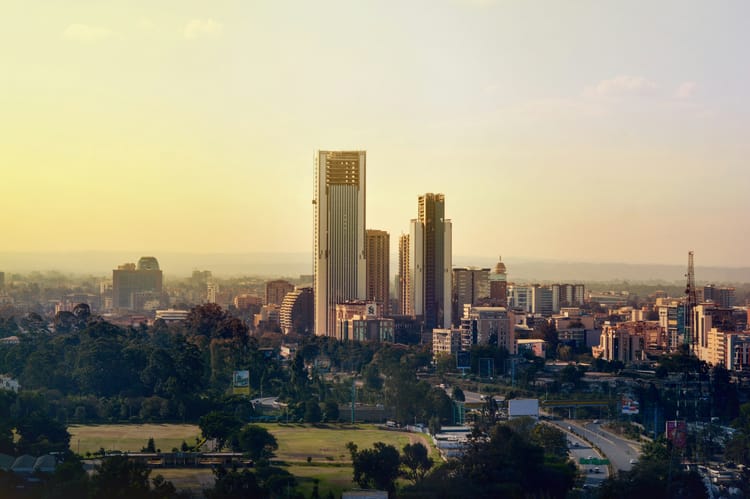Scientists urge Australia to set ‘strongest possible target’ as climate impacts accelerate

A national climate risk assessment shows that under Australia’s current mitigation goals, temperatures would rise by over 2°C by the end of the century – quadrupling heat-related deaths in Sydney and costing US$770 billion in property value losses.
In a report published today (September 15) by the Climate Council ahead of Australia’s 2035 climate target announcement, scientists share the Australian government’s own forecast of climate risks by 2100 under a 3°C global warming scenario – noting that the world is currently on track for 2.7°C warming.
Predictions suggest that Sydney would face a 444% increase in heat-related deaths and Darwin a 423% increase; and sea levels would rise by one metre on Australia’s coastline, leading to 18 times more coastal flooding that would affect more than 3 million Australians by 2090.
In addition, dangerously hot weather would force farmers, miners and construction workers to pause their work for 700,000 additional days every year by 2061, and losses in property values could increase to A$770 billion by 2090 – while spending on disaster recovery could increase by up to 600%.
Australia’s share of fossil fuel emissions
As a major coal and natural gas exporter, Australia is responsible for around 4.5% of global fossil fuel-related emissions. The country is due to announce its 2035 climate target this week, and the Climate Council is urging Prime Minister Anthony Albanese to be as ambitious as possible.
“Scientific analysis shows that even a 75% cut by 2035 would align with global heating of over 2°C. That would be very painful for many Australians, doubling of heatwave days, fourteen times more coastal flooding and catastrophic impacts for our farmers, fisheries and reefs,” warned Climate Council CEO Amanda McKenzie.
“These are the government’s own numbers and they’re terrifying. It’s the kind of bed-time reading that should keep Ministers up at night. But doing too little is an active choice, and we can choose a better future by cutting climate pollution harder and faster now. The Albanese Government can reduce climate risk by cutting climate pollution at its source: coal, oil and gas. The first step is legislating the strongest possible 2035 climate target and stopping new polluting projects,” she added.
Australia climate target expectations
Australia is currently working towards a goal to reduce GHG emissions by 43% by 2030, compared to 2005 levels – and is on track to achieve a 42.6% reduction.
Most observers expect the government to set a target range for 2035, with a 75% reduction or more on the ambitious side of the scale.
“Australia cannot afford a timid 2035 target when our own government data shows the catastrophic costs of inaction,” said McKenzie.







Member discussion